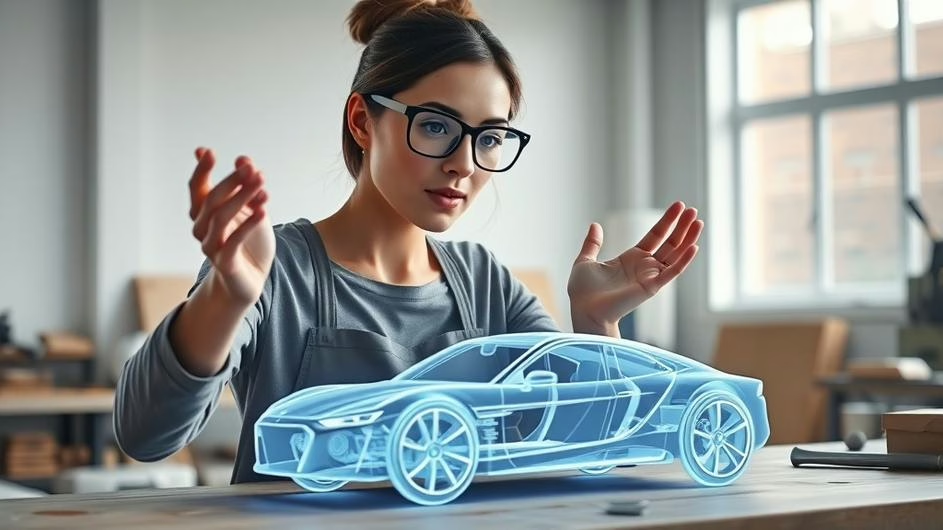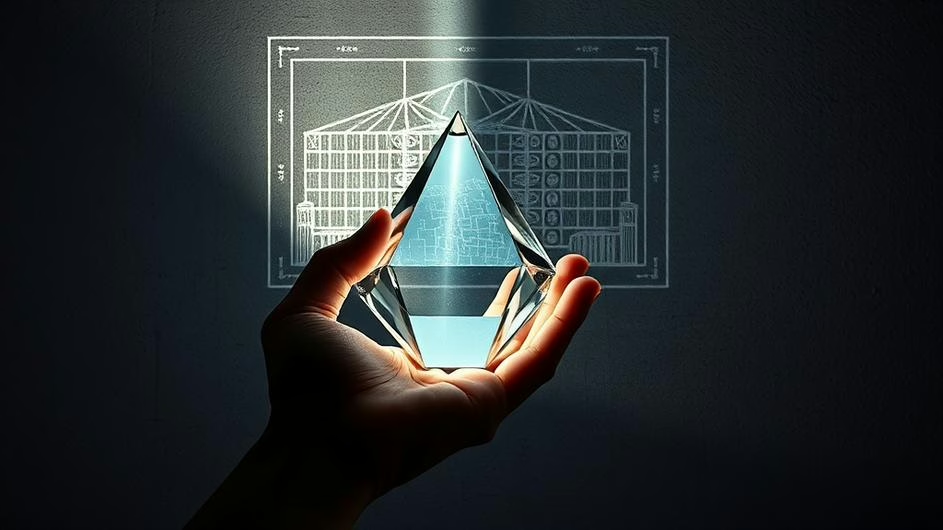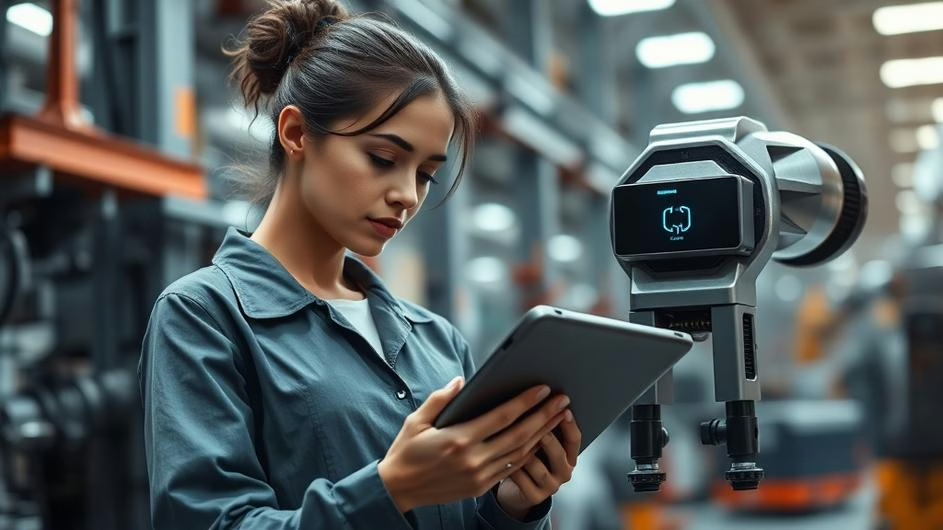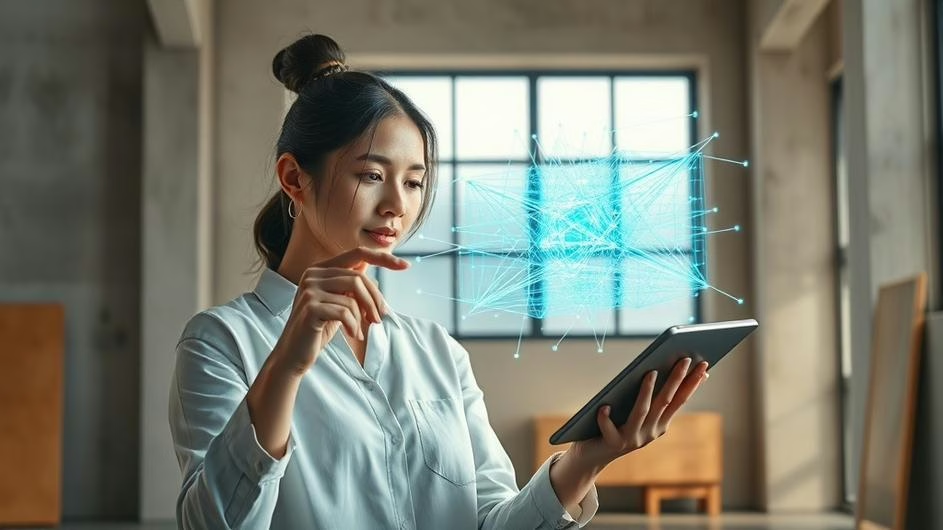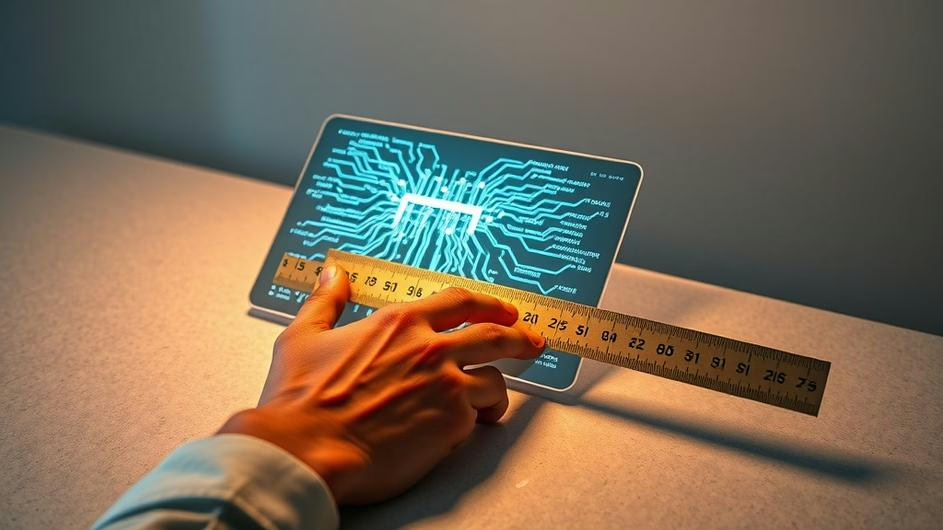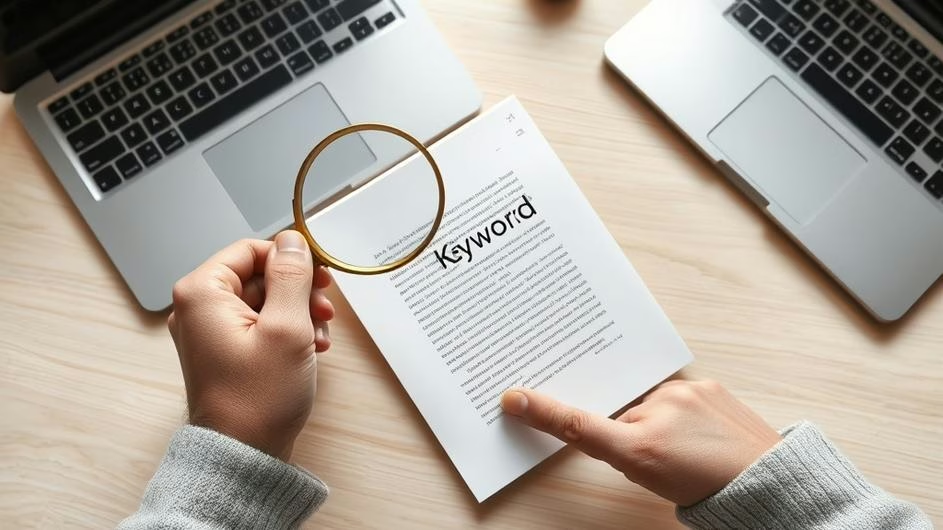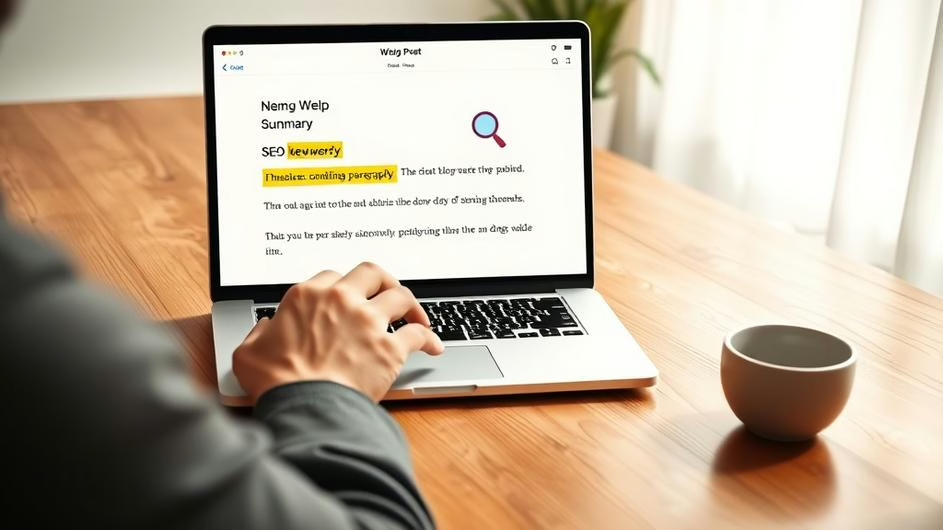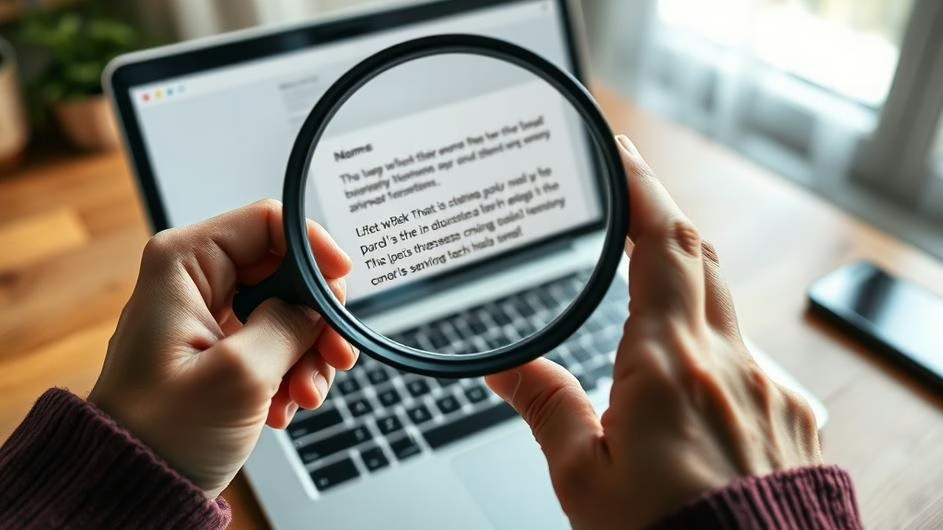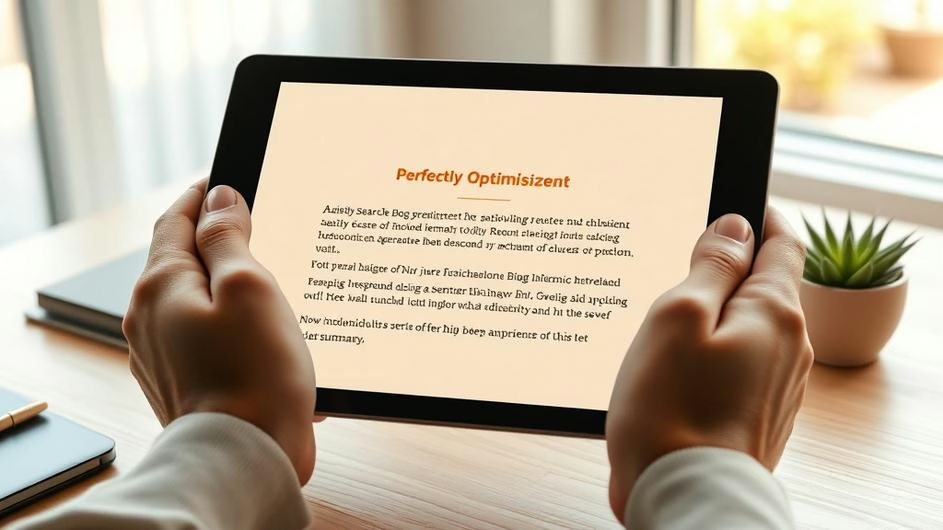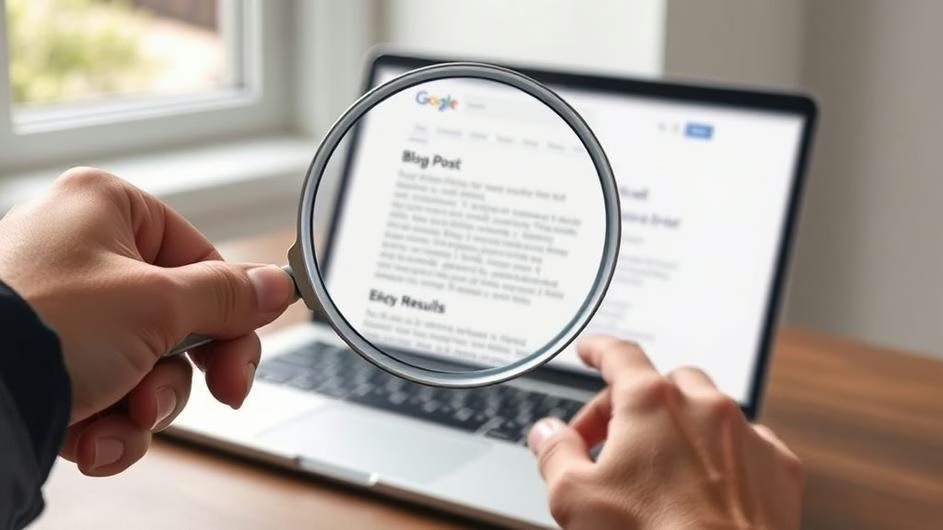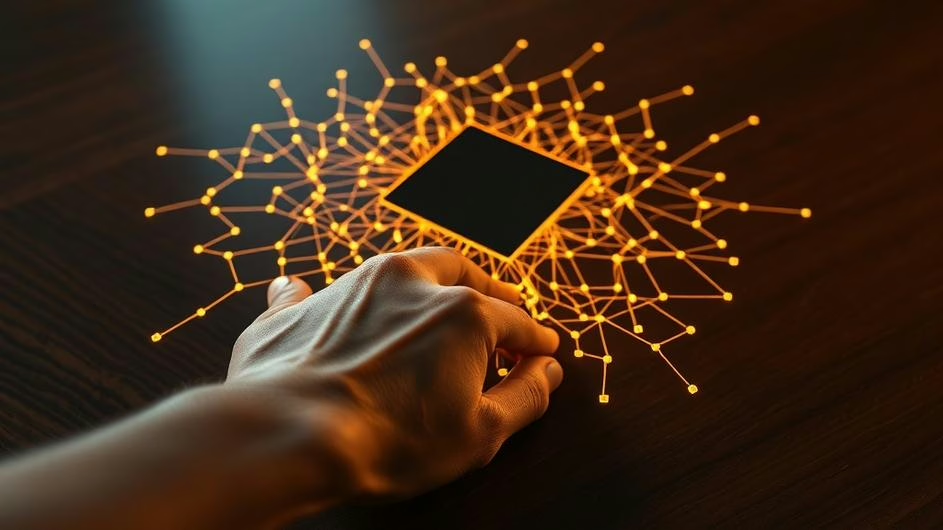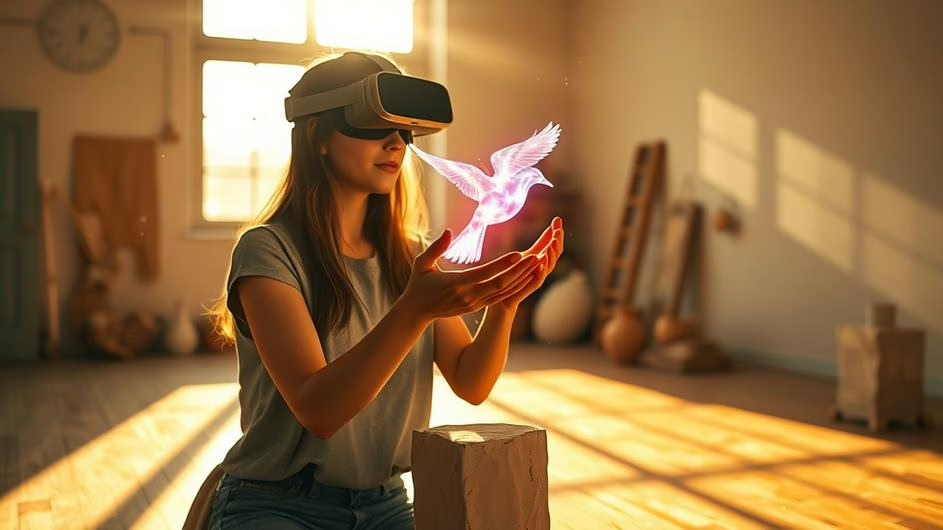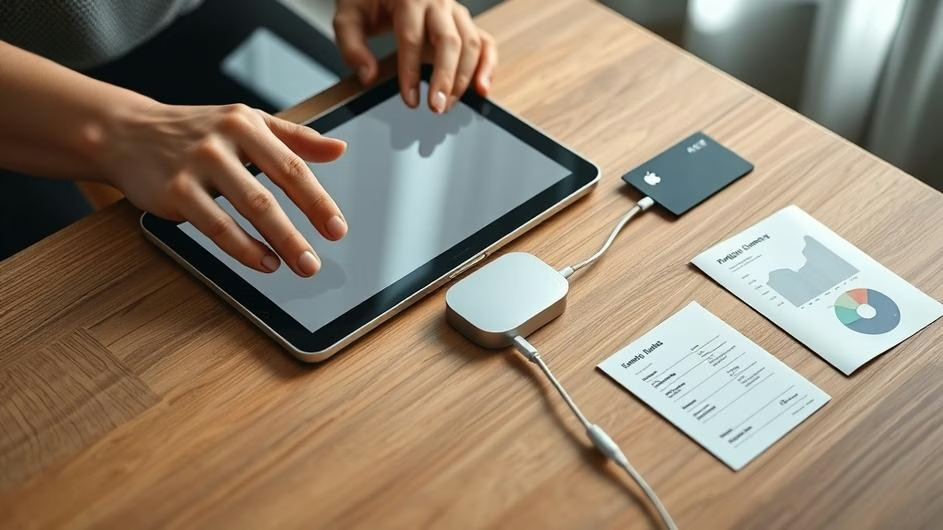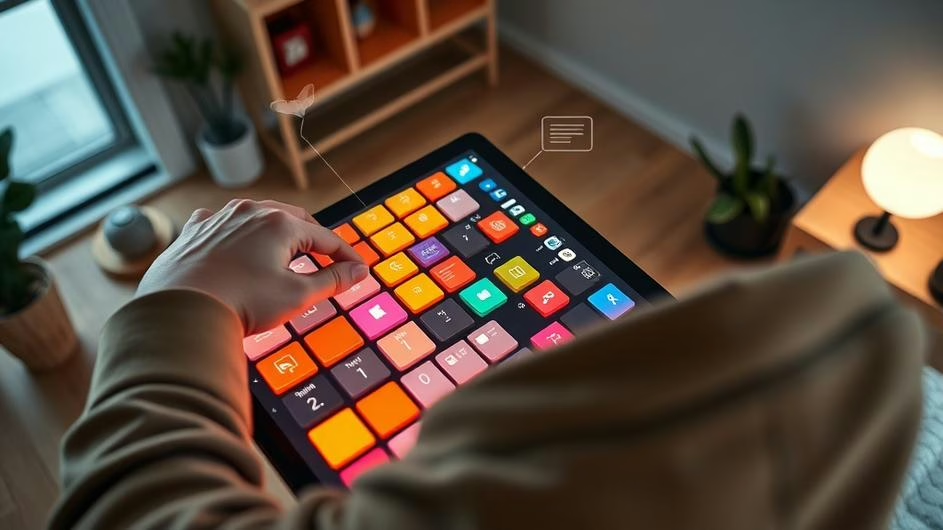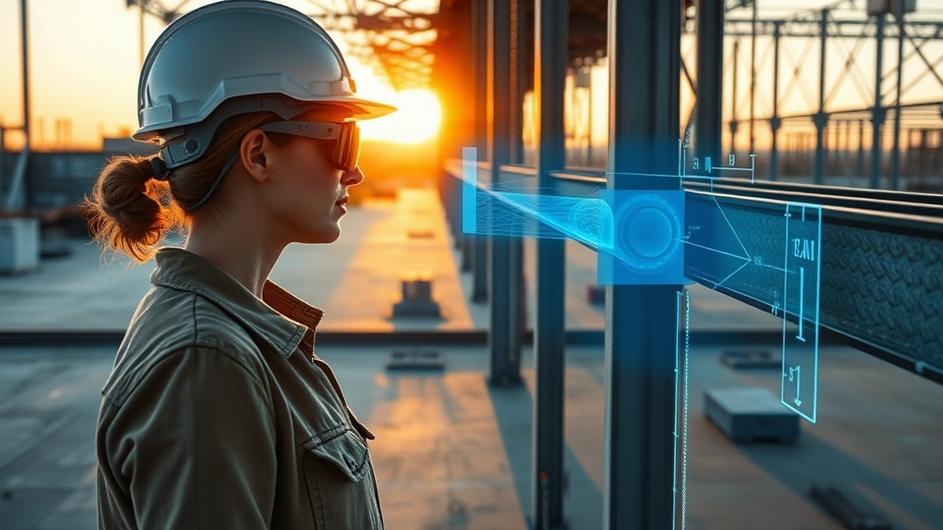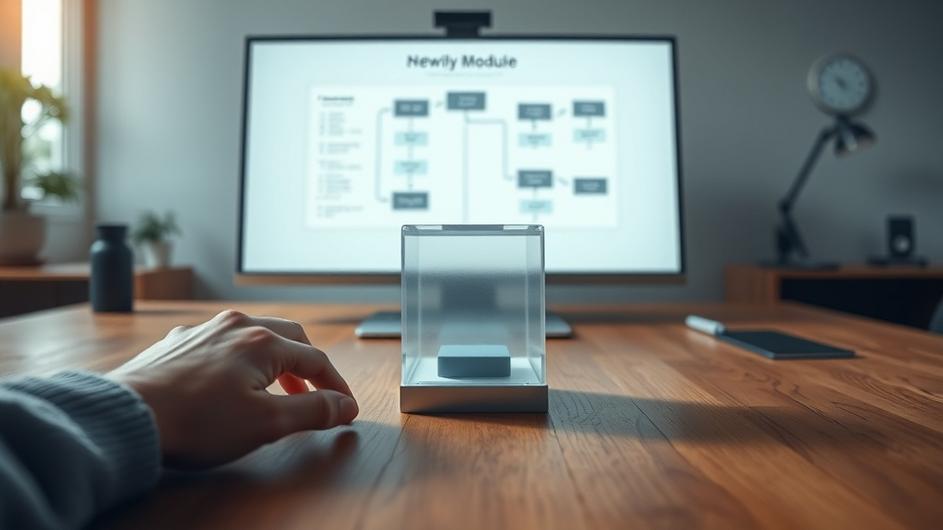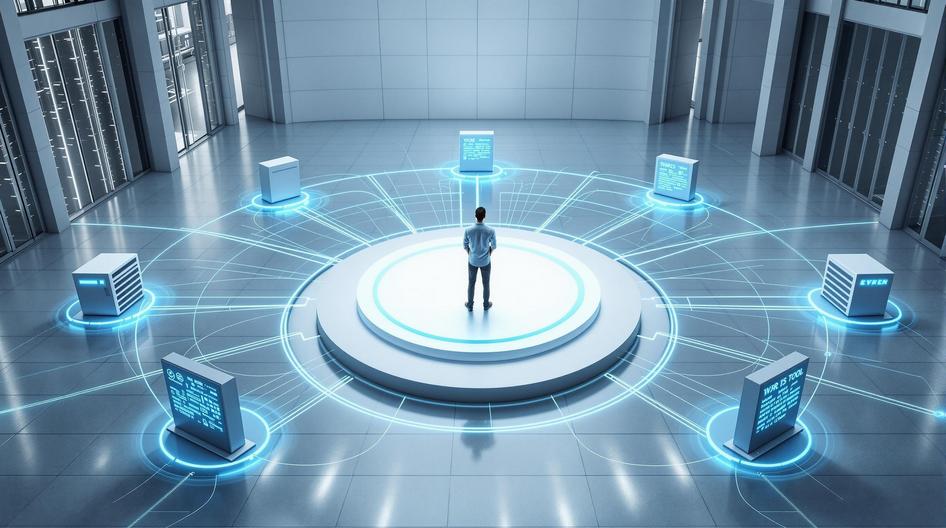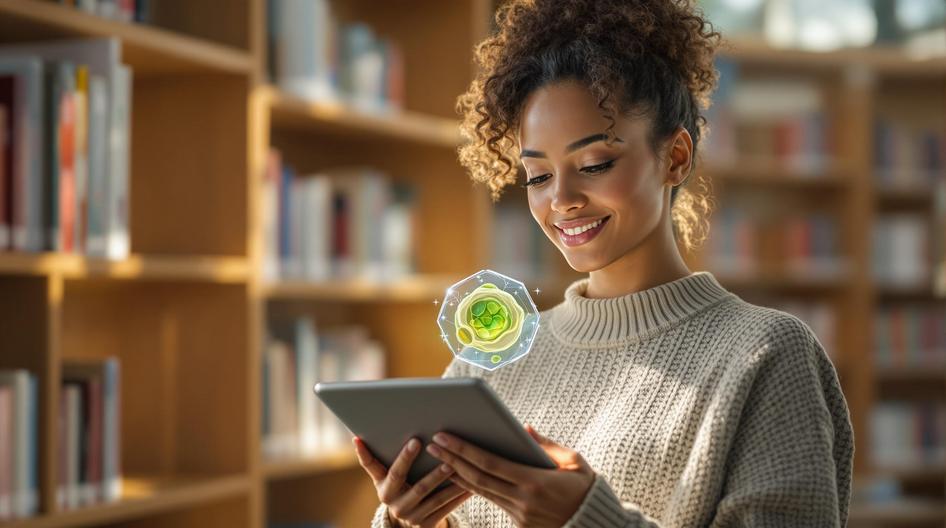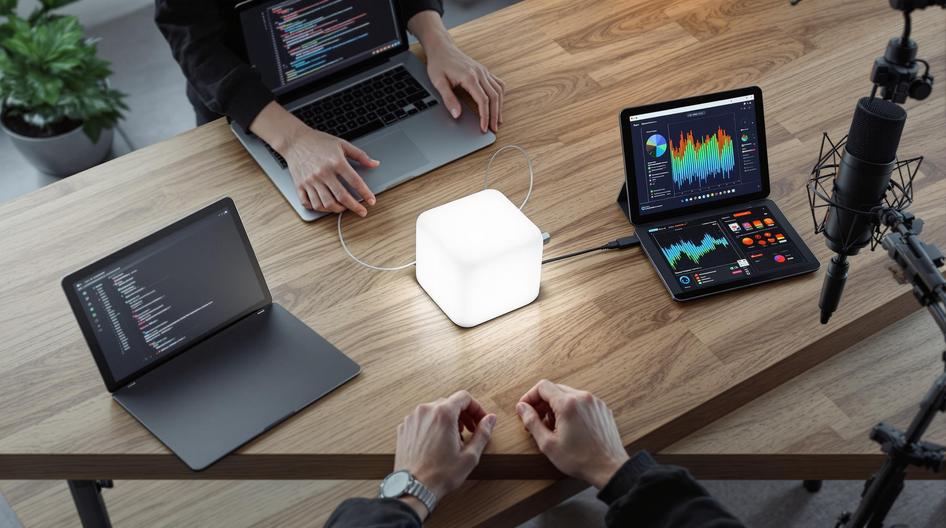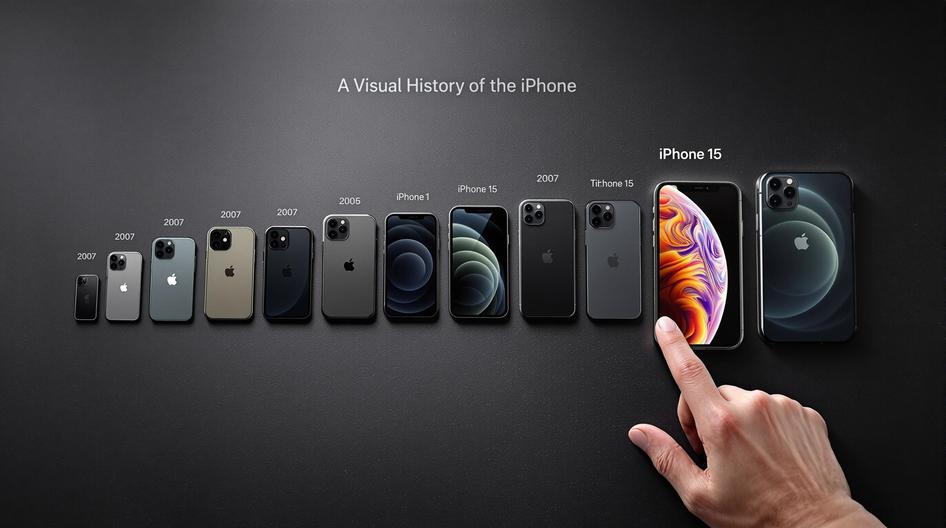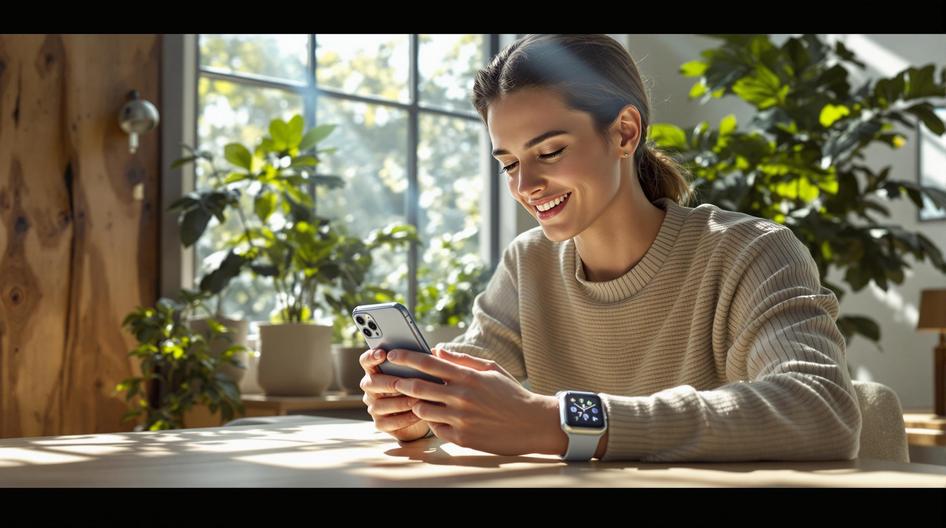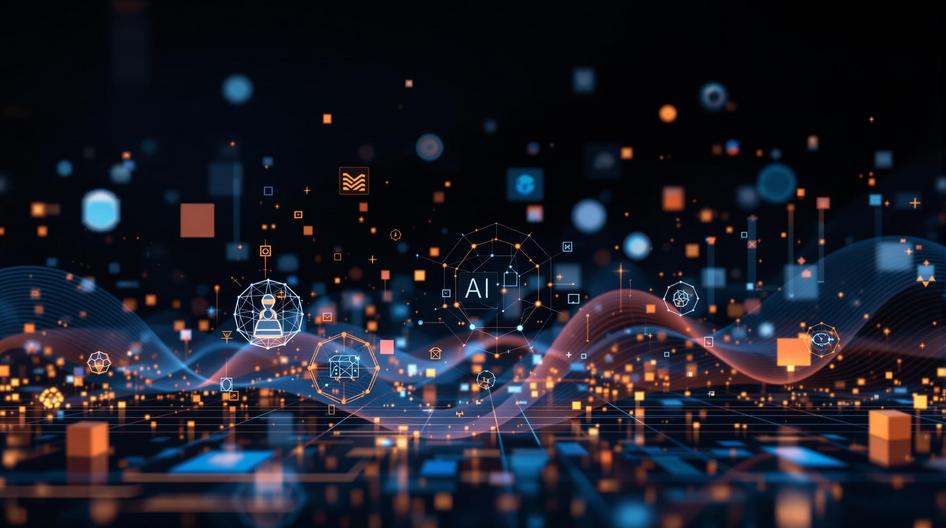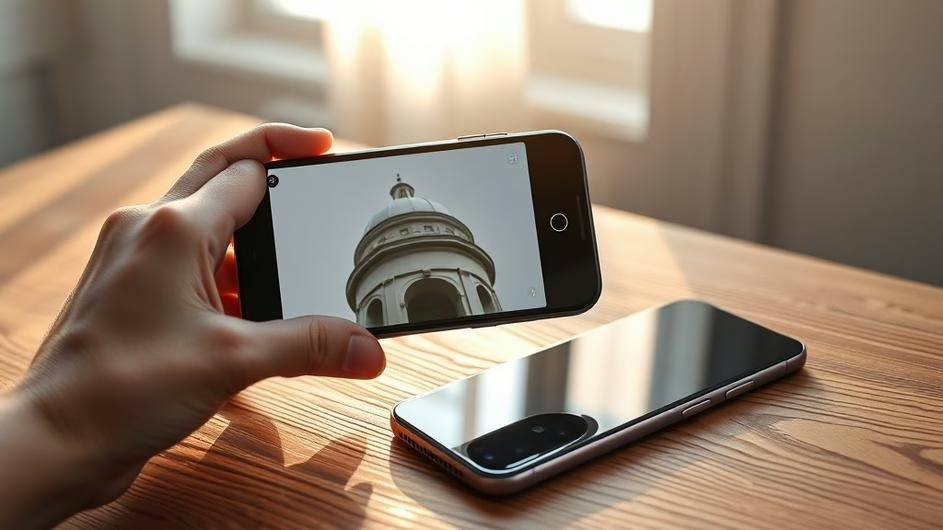
New Frontiers: How the Latest Smartphone Wars and AI Upgrades Are Shaping the Future of Tech
The tech world’s annual calendar usually brings its share of surprises, but 2025 has completely flipped the script. Google’s Pixel 10 just dropped features that used to cost you flagship money, while Apple’s iPhone 17 lineup and iOS 26 are pushing UI and AI boundaries we didn’t see coming.
We’re not just talking about faster processors or sharper screens anymore. This new competition is all about creating ecosystems that actually understand you, where hardware and software work together so seamlessly you forget you’re using a phone at all. Want to know what’s really changing the game? Let’s break down this fascinating landscape where every new feature feels like a glimpse into tomorrow.
Google’s Pixel 10 Just Changed Everything
Ten generations in, and Google finally figured out how to make their base model phone impossible to ignore. The Pixel 10 isn’t playing second fiddle to the Pro anymore. In fact, it’s beating premium phones at their own game.
Here’s what caught everyone off guard: Google stuffed a 5x telephoto lens into their standard model. That’s the kind of zoom you’d expect from a Pro phone, but now it’s sitting pretty in a device that costs significantly less. When you compare that to Samsung’s Galaxy S25 with its 3x lens, or the iPhone 16 that still doesn’t have optical zoom, Google just made a serious statement.
The new Tensor G5 processor is where things get really interesting. It’s not just about raw speed, it’s built specifically for on-device AI processing. This means your phone can handle artificial intelligence tasks without sending your data to the cloud. The battery got a bump too, nearly hitting 5,000mAh, and that 6.3-inch display now peaks at an eye-searing 3,000 nits.
Google’s also rolling out their MagSafe competitor called Pixelsnap, which opens up a whole world of wireless charging and snap-on accessories. Suddenly, the base Pixel isn’t just competitive, it’s the phone many tech enthusiasts are actually choosing over the pricier options.
AI Becomes Your Personal Assistant (For Real This Time)
The Tensor G5 chip powers some genuinely useful AI features that don’t feel like gimmicks. Magic Cue can scan through your emails, calendar, and other data to surface exactly what you need when you need it. Sure, some features like advanced calendar parsing still have rough edges, but the overall experience feels like having a smart assistant that actually gets you.
Photography is where AI evolution really shines. Camera Coach now gives you personalized suggestions based on your frame, lighting conditions, and even creative inspiration. Gemini AI generates artistic “what if” thumbnails that show you different creative possibilities for your shots.
Features like Add Me solve that age-old problem of someone always being behind the camera. It stitches group photos together so everyone gets in the shot. Super Res Zoom pushes digital enhancement to new limits. These aren’t just cool tricks anymore, they’re becoming essential parts of the smartphone experience.
Apple Strikes Back with iOS 26 and the iPhone 17
Apple wasn’t about to let Google steal the spotlight. iOS 26’s Liquid Glass design completely reimagines how we interact with our devices. This isn’t just a visual refresh, it’s a fundamental shift in how iOS feels and responds.
Layered transparency, dynamic menus, and spatially aware effects create an interface that adapts to your touch in real-time. The changes span across iPhones, iPads, MacBooks, and Watches, creating a unified ecosystem that feels more connected than ever. Small touches like moving search bars to the bottom of larger screens make daily use more comfortable.
Visual Intelligence is Apple’s answer to Google’s AI capabilities. It lets you take action on data in screenshots and photos with contextual suggestions and cross-app sharing. The iPhone 17 family’s new A19 and A19 Pro chipsets enable robust on-device AI, from Visual Intelligence to real-time voice translation in calls and messages.
The camera improvements are impressive too. A 48MP main sensor paired with an improved selfie camera, all enhanced by smarter software processing. Even the AirPods Pro 3 got in on the action with on-bud heart rate tracking and live translation powered by AI.
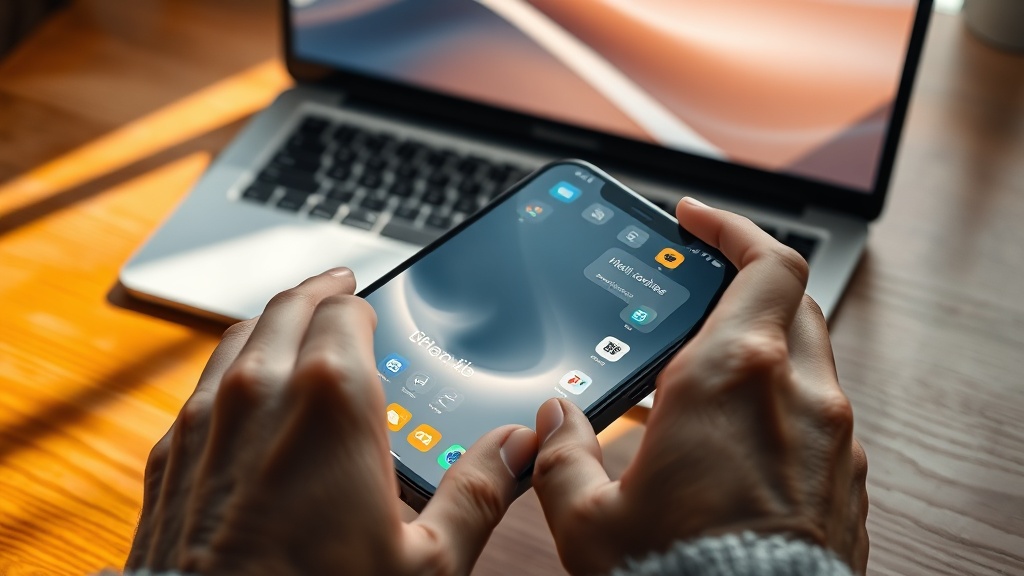
The Ecosystem Wars Heat Up
Both companies are betting big on connected ecosystems. Google’s Pixelsnap system directly challenges Apple’s MagSafe, offering wireless charging, snap-on accessories, and cross-brand compatibility. Your phone becomes the central hub for an expanding array of peripherals, from battery packs and docks to VR headsets and smart home connections.
Apple’s new Journal app focuses on mental wellness and creative productivity. It uses gentle AI prompts and activity mining to help users reflect and stay organized, all while keeping privacy front and center. Google counters with NotebookLM and tightly integrated journaling tools that blur the lines between work, memory, and personal creativity.
Performance That Actually Matters
When you push these devices hard, both the Tensor G5 and A19 Pro deliver noticeable improvements in app launch speeds, AI task resolution, and multitasking. For graphically intensive mobile games like Infinity Nikki, there’s no clear performance winner between Google and Apple anymore.
Battery life remains a crucial battleground. The Pixel 10’s nearly 5,000mAh battery outlasts its Pro sibling and previous Pixels, though aggressive displays and AI features can still drain power quickly. Apple’s efficiency-focused approach gives the iPhone 17 family impressive runtime, especially with adaptive power modes.
Charging speeds are improving across the board. Both Qi2 and MagSafe ecosystems now reach 20W to 30W ranges, closing the gap with dedicated fast-charging systems from Chinese manufacturers.
What This Means for the Future
Google’s base Pixel now offers better value than many premium models, while Apple rolls out comprehensive AI and design improvements. Premium features like advanced telephoto zoom, context-aware assistants, and on-device generative AI are rapidly becoming standard expectations rather than luxury additions.
This democratization of high-end features comes as other industries, from entertainment to health tech, are integrating AI at unprecedented rates. Netflix uses AI for on-set VFX, while fitness and finance apps offer increasingly predictive suggestions.
Challenges remain, though. Both companies face mounting privacy concerns around the massive data requirements for context-aware AI. Compatibility issues are becoming more pressing as older devices lose iOS support, and Google’s Feature Drops drive rapid generational changes.
Looking ahead, the convergence of AI, UI design, and hardware will continue reshaping our relationship with technology. These systems are becoming less like devices and more like personal, always-on AI collaborators that understand context, anticipate needs, and adapt to individual preferences.
The smartphone wars of 2025 aren’t just about specs anymore. They’re about creating technology that feels almost magical in its ability to understand and assist. The future is closer than we thought, and it’s more customizable than ever. The real question isn’t which phone wins, but how you’ll make this technology work for your unique needs.
Sources:
- “Google Pixel 10 review: The new smartphone standard,” Engadget, August 27, 2025.
- “iOS 26 beta preview: Liquid Glass is better than you think,” Engadget, 2025.
- “iOS 26 arrives on Monday: Find out if your iPhone is eligible for the free update,” Engadget, 2025.
- “Everything Apple revealed at the iPhone 17 launch event: iPhone Air, iPhone 17 Pro, AirPods Pro 3 and more,” Engadget, 2025.
- “Everything announced at the Made by Google Pixel event, including the Pixel 10 lineup,” Engadget, 2025.
- “How to use Apple’s new Journal app with the iOS 17.2 update,” Engadget, 2025.












